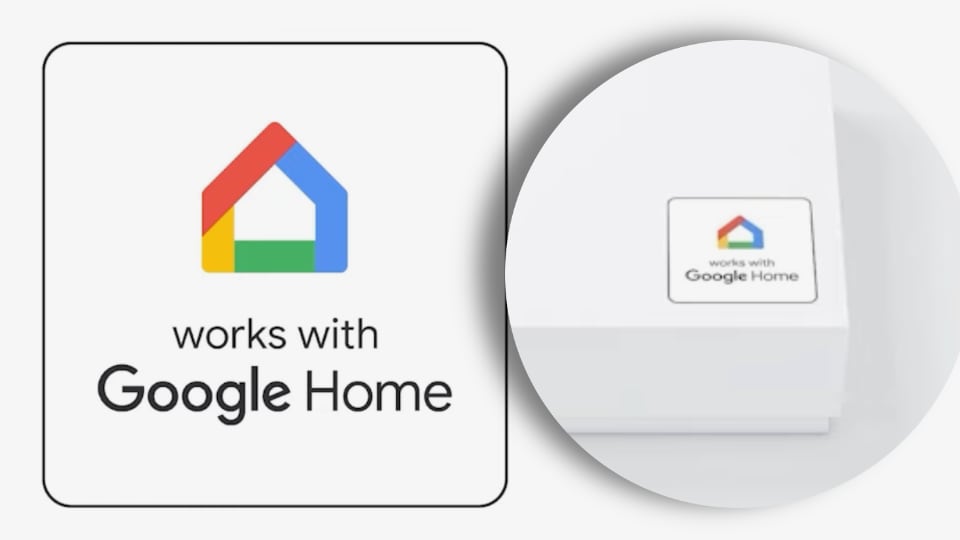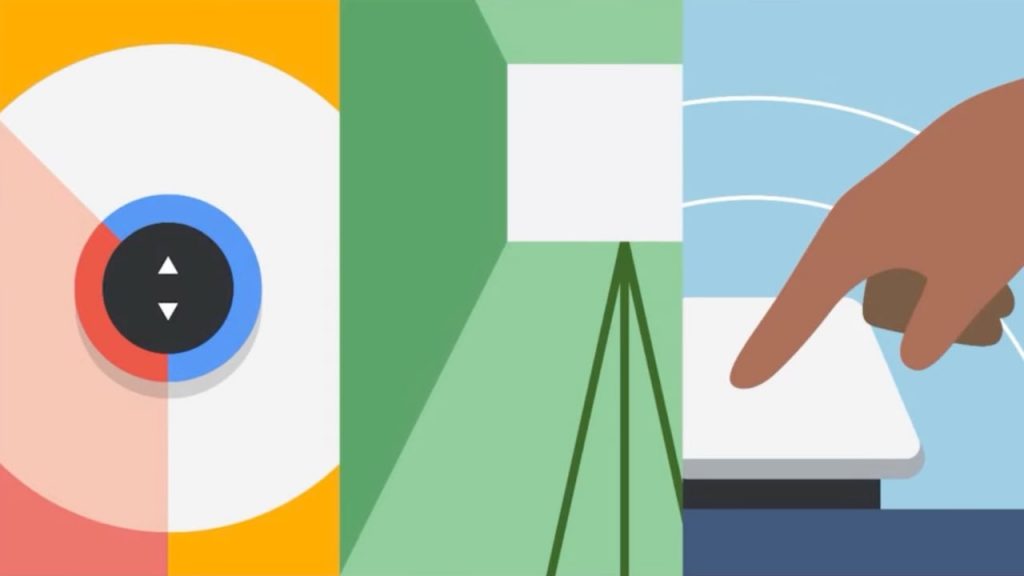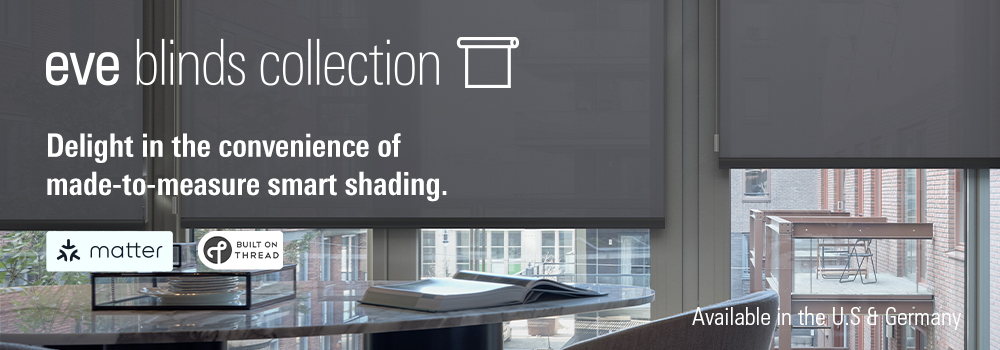As part of its I/O conference (link), Google has sworn in the global developer community to the smart home standard Matter. The open platform is the best way to bring new smart home products to market, Michele Turner said in her presentation. The director and top product manager outlined the advantages for vendors: no more multiple developments for different platforms, less effort for product maintenance and reliable operation because the imponderables of a cloud are eliminated thanks to local connection. Those who don’t want to would no longer have to develop companion apps for commissioning or keep Internet servers ready. Cloud services would, however, continue to be supported where desired.
More than 130 certified products by the end of the year
Industry-wide support for Matter would accelerate a breakthrough, the statement added. According to the presentation, more than 130 products are expected to be officially certified this year – plus 16 OS and silicon platforms that support the standard. “This level of momentum is unprecedented,” Turner said, “and means that Matter will not follow the usual adoption curve that new standards often have.”
Google once again presented its roadmap as proof. Like announced in the fall, as many Nest products as possible that are technically capable are to become Matter-enabled. In concrete terms, this means that all Nest speakers and displays, as well as the Nest WiFi wireless mesh system, will receive software updates that will turn them into Matter controllers for the company’s own smart home ecosystem. That even includes the five-year-old first-generation Google Home.

Starting with the launch of Matter this fall, three devices will also serve as border routers for the Thread radio protocol: The Nest Hub Max, the Nest Hub 2nd Generation and Nest WiFi will then connect Thread products to the home network. Border routers from other manufacturers should be just as suitable for this purpose. According to Google, they pass on their installed Thread products to the Google Home system. Vice versa, border routers from Google should also be able to be used in other Matter ecosystems. This has not yet been heard from any other manufacturer with this clarity. It remains to be seen whether Amazon, Apple & Co. will do the same.
Another announcement relates to the Multi Admin function, in other words, the parallel use of smart home products in multiple ecosystems. Google is working with SmartThings to ensure smooth operation.
Google Home Developer Center launched on the Internet
To get developers started, the company has launched its Developer Center for Google Home as promised (link). Registered participants will soon have access to the software development kits (Home Device SDK and Mobile SDK) as well as technical documentation and instructions. A new tool for over-the-air updates (OTA) of devices is also part of the functional scope.
Developers who create an account and set up their first Matter project will be able to enroll a Google Home Mini, Nest Mini or 2nd generation Nest Hub into the Program. The registration also immediately activates the developer preview of Matter support and, on the Nest Hub, the function as a thread border router.
Finally, Google has revised the smart home topic for end customers. The website home.google.com is accompanied by a modified marketing logo as a distinctive mark on devices. The previous “Works with Hey Google” program is now called “Works with Google Home.” The new name is intended to make compatible products more recognizable as part of the smart home ecosystem.

Share this information:


